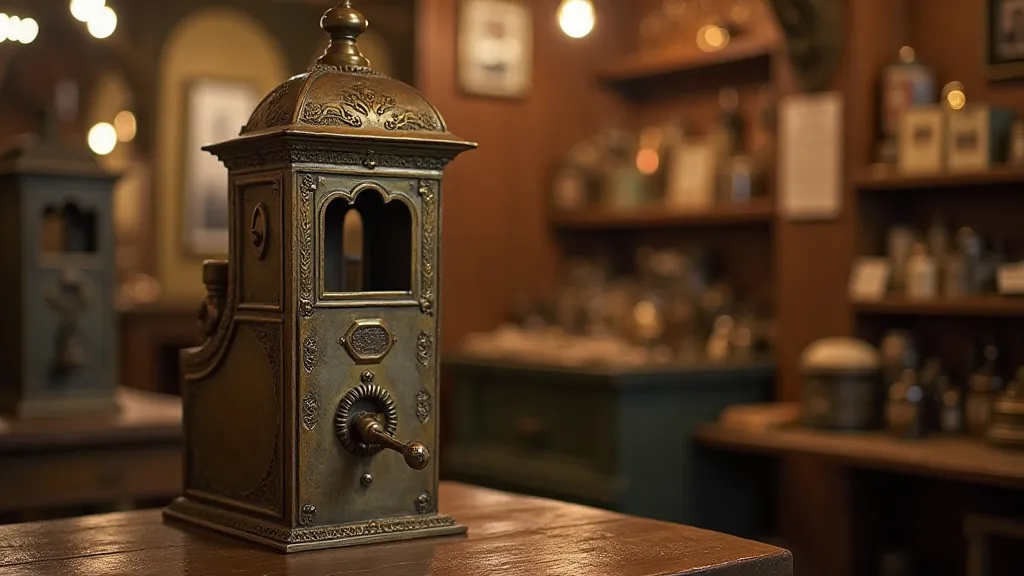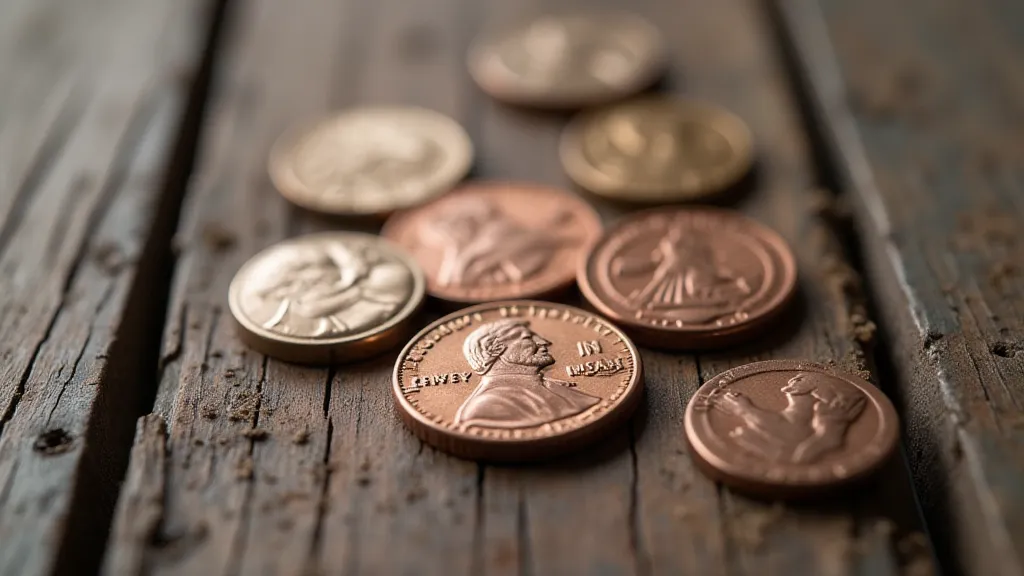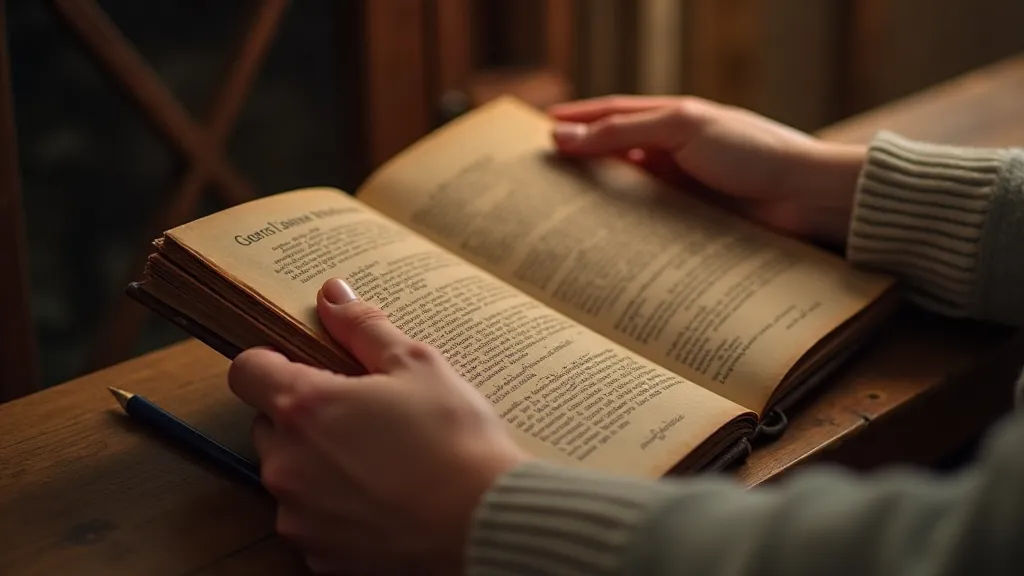The Alchemy of Metal: Transforming Currency into Memory
There's a quiet magic in the world of pressed pennies. It’s not the dazzling sparkle of a diamond, nor the dramatic flair of a stage illusion, but a subtle, profound transformation – a quiet alchemy. To take a humble, circulating coin and, through deliberate pressure, imprint it with an image, a date, and a location, is to imbue it with a layer of meaning far beyond its face value. It’s about freezing a moment in time, turning a simple piece of metal into a tangible memory.
The process itself bears a remarkable resemblance to the ancient practice of alchemy. Alchemists sought to transmute base metals into gold, striving for a perfection that transcended the mundane. While we’re not achieving literal transmutation, the pressed penny collector is engaged in a similar act of transformation. We're taking something ordinary and elevating it – imbuing it with artistic merit, historical significance, and personal value.

A History Forged in Metal
The history of pressed pennies isn't as ancient as the concept of alchemy, but it’s surprisingly rich. The practice really took off in 1958 when Stanley Klavon secured a deal with the Lincoln Center in New York City. He essentially leased the rights to press Lincoln pennies with the Lincoln Center's logo. This was the genesis of the modern pressed penny craze. Initially, these were novelty items, a quirky souvenir for tourists. But as the hobby grew, so did the artistry and the locations. Suddenly, pressed pennies weren't just found in tourist traps; they were appearing in national parks, museums, and even historical landmarks across the United States and beyond.
My own journey into this hobby began somewhat unexpectedly. I was a teenager, reluctantly accompanying my grandfather on a trip to Colonial Williamsburg. He, a history enthusiast of the highest order, dragged me through reconstructed colonial taverns and blacksmith shops. Bored and restless, I stumbled upon a pressed penny machine nestled within a souvenir shop. I remember the metallic smell of the machine, the satisfying *clunk* as the lever was pulled, and the almost instant gratification of holding a transformed coin in my hand – a Lincoln penny bearing the image of the Governor's Palace. It was a small thing, but it sparked a fascination that has endured for decades.
The Artistry of the Impression
Beyond the historical context and the novelty factor, there's a genuine artistry involved in pressed penny collecting. The quality of the impression is key. A crisp, clean design, perfectly centered on the penny, is a thing of beauty. The pressure applied, the condition of the dies (the molds that create the image), and even the ambient temperature can all influence the final result. Collectors often seek out “perfect” impressions – those that showcase the design in its full glory, free from blemishes or imperfections.
Consider the die makers themselves. These are skilled artisans, often working with incredible precision to create the molds that are used to press the pennies. They understand the nuances of metalworking, the challenges of creating a durable and visually appealing design that can withstand repeated use. The intricate details – the subtle shading, the careful rendering of facial features – are a testament to their skill and dedication. It’s easy to take these designs for granted, but a closer look reveals a level of craftsmanship that is truly remarkable.
I remember one particularly memorable penny I found during a trip to Yellowstone National Park. It featured Old Faithful erupting, and the impression was so sharp, you could almost feel the spray of the geyser. The details were exquisite, capturing the raw power and beauty of nature. It’s a penny I’d never part with, a tangible reminder of a truly unforgettable experience.
Beyond the Surface: Rarity and Value
While the sentimental value of a pressed penny is often the primary driver for collectors, there's also a market for rare and valuable examples. Certain designs are inherently scarce, due to limited production runs or the temporary nature of the locations where they were pressed. Other pennies become valuable due to errors or unique characteristics – a double impression, for instance, or a penny with a significant scratch across the design.

Rarity ratings are a useful tool for assessing the potential value of a pressed penny. While these ratings are subjective and can vary among collectors, they provide a general indication of how difficult a particular design is to find. Factors such as the number of machines operating, the length of time the design was in production, and the popularity of the location all influence the rarity of a pressed penny. Becoming familiar with these rarity scales can be a fun and rewarding aspect of the hobby. It's important to note that condition is *everything*. Even a common design, in pristine condition, can command a higher price than a rare penny that's heavily worn.
Preserving the Memory: Albums and Care
Protecting your pressed penny collection is paramount. The metal is susceptible to scratches and tarnishing. Pressed penny albums are specifically designed to house these coins, providing a safe and organized way to display your collection. These albums typically feature pockets or slots that hold the pennies securely, preventing them from sliding around and getting damaged. Avoid storing your pennies in plastic bags, as some plastics can react with the metal and cause discoloration.
Regular cleaning, with a soft cloth, can help prevent tarnishing. There are also specialized cleaning solutions available, but it's always best to test these on a less valuable penny first to ensure they don't cause any adverse effects. Handling your pennies with care and storing them properly will help preserve their beauty and value for years to come.
The alchemy of metal, transforming a simple coin into a cherished memory, is a quiet and enduring magic. It’s a hobby that appeals to the historian, the artist, and the sentimentalist alike. It's more than just collecting coins; it's about collecting moments, preserving memories, and appreciating the skill and artistry that goes into each and every pressed penny.






